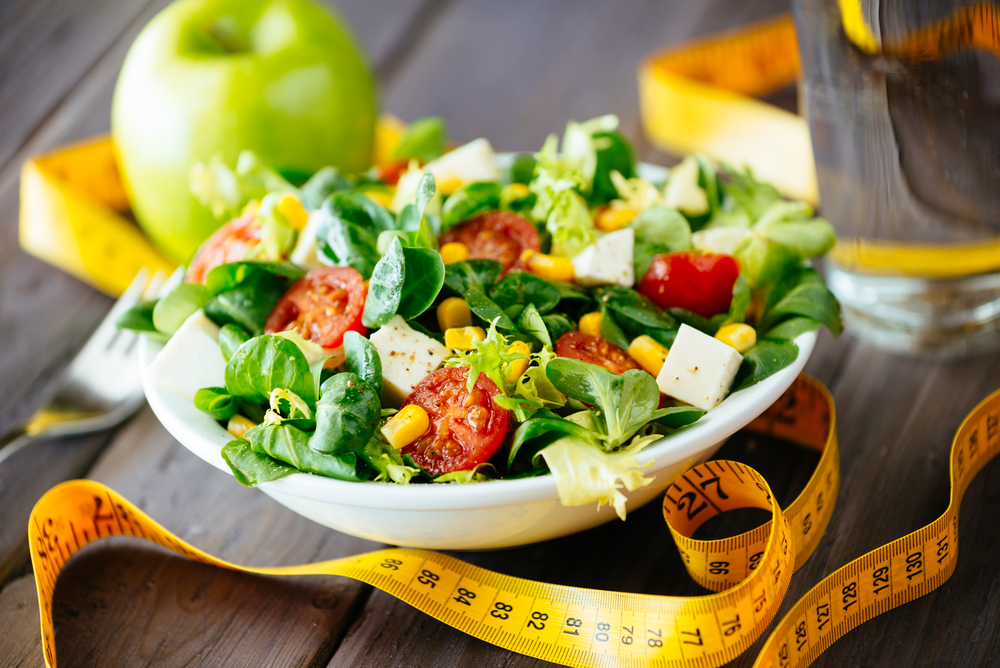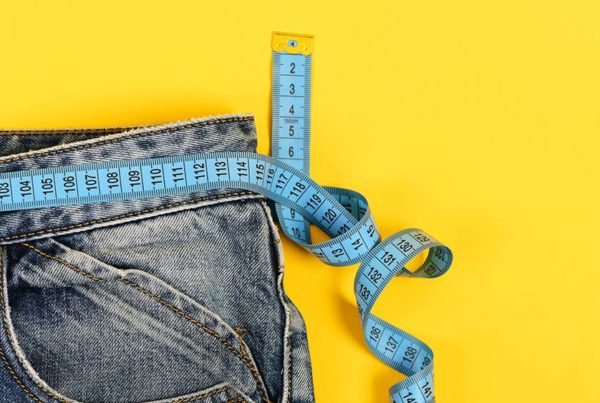
Going on a Diet? Beware of the many harmful side-effects.
We all know how dangerous diets can be. They’re dehumanizing, for starters, plus they can contribute to ill health with common side-effects or other adverse reactions pointing to the body’s negative responses.
If you are considering going on a diet, please don’t. The following well-known equation is really all you need to know: Dieting = Damage.
People who diet commonly experience ill side-effects. This is because every new diet regimen is a big change for the entire body, especially the gut and the brain. One thing the body does not like is big change.
Instead of going on the latest diet, many of which are expensive and promote bad foods, choose the easier healthy option — make healthy eating part of your lifestyle.
The Desperate Diet
The worst diet is one followed out of desperation. Most of the popular diets are just the same desperate measures in different disguises. Many people jump on the diet bandwagon in January in the guise of a “New Year’s resolution,” then again in June for bathing suit season. People do this over and over, even after realizing any weight lost earlier in the year has come back, plus some.
The Desperate Diet is unhealthy, and usually extreme — most often containing the three lows: low-calorie, low-fat and low nutrients. These include diets of too little food (such as those that are less than 1,200 calories a day), extended juice fasts and the unnatural cleanse programs. Research shows these diets can:
- Slow your metabolism and set you up for future weight gain.
- Program your body to burn more sugar and less fat.
- Deprive your body of essential nutrients, weakening overall health.
- Weaken your immune system.
- Create significant gut stress.
- Even stress the heart, with repeat crash dieting raising the risk of a heart attack.
Common Side-Effects
Any change in eating habits, even when mildly extreme, often brings side-effects. These may include fatigue, moodiness and gut stress, leading to indigestion, diarrhea or constipation, headaches, and a variety of other issues (including hair loss). Initially, most are attributed to a change in eating habits, although malnutrition is often the culprit in the long-term.
These side-effects are attributed to eating in a way that causes your metabolism to shift. Even a healthy shift, such as going from a high sugar-burning to a high fat-burning metabolism, can cause discomfort. Then there is the potential emotional stress, especially if you’re no longer eating so-called comfort foods like sweets, which can lead to cravings and sometimes addiction withdrawal. More — or less — of just about anything, including fiber, fat, protein or sugar, can cause the body to rebel.
Harmful vs. Healthy
Even the change from junk food to eating healthy and natural foods can come with side-effects. That’s because change itself can come with adversity — the body does not like it and has to adapt, which takes a bit of time. However, the side-effects of eating healthy foods are usually not as bad, more tolerable, and shorter lasting. Furthermore, the delayed side-effect of malnutrition is avoided with healthy food.
These changes can take a certain period of time — typically from one day to a week or two. Moving to a more efficient metabolism of burning more fat brings changes the first day, but can take a week or two, or even a month or two, for a person’s system to fully adjust.
Intestinal stress may be the most common side-effect of changing your diet, whether it’s from one bad diet to another, or making the change from junk food to healthy eating. This comes from the change in the physical nature of the new foods, their different chemical compositions, even the emotional responses that may involve old memories, tastes and smells, and other things including the change in bacterial population in the colon. Once the gut is stressed by change, it can quickly affect the brain and virtually any other area of the body, producing signs and symptoms that may include hormone imbalance, fatigue, cravings, headaches and, of course, constipation, diarrhea, gas, bloating and nausea.
Ditch the Diet
If you feel you must go on a diet, here are two healthy-eating “UnDiet” lifestyle alternatives to choose from. They are guaranteed to work!
The One-Diet-Fits-All UnDiet. Healthy humans have basically just one way of eating, just like all animals on earth have their own “best-match” foods they naturally choose. For millions of years the human diet has been quite simple: vegetables and other plants such as nuts and seeds, some fruits, meat and fish, eggs, some honey, salt and water. From this has come a good variety of foods that include alcohol and other fermented foods, fats (e.g., butter, lard), herbs and spices, teas and others. For us, the daily menu varies only slightly with the seasons, food availability and other factors.
The “No-Junk” UnDiet. This is simple — avoid junk food. These are foods that humans have never eaten until very recently — yesterday on the long historical timeline. These foods are made predominantly of refined carbohydrates, and include things like packaged desserts, soda, white bread and sugar. Close to 90 percent of general practitioners surveyed throughout the U.S., Europe and Asia believe excess sugar consumption is linked to the sharp growth in diabetes and obesity. One simple lifestyle change you can make in lieu of dieting is to simply avoid foods like this.








